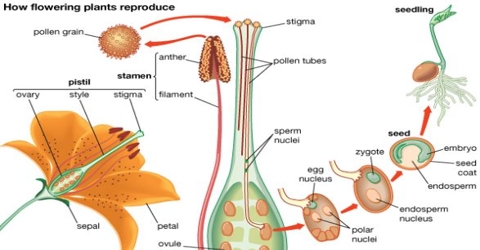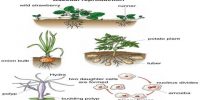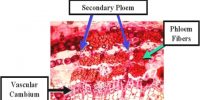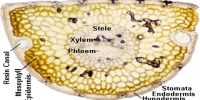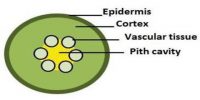The process how an embryo is formed from a gamete without it being fertilized is called Parthenogenesis. It is most simply defined as reproduction without fertilization. More specifically, it occurs when a female gamete develops a new individual without being fertilized by a male gamete.
Example: In plant- Spirogyra, Mucor, fern etc.
In animal- Bee, Wasp etc.
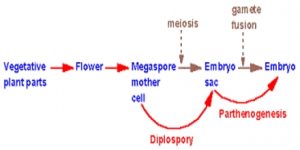
Usually, Parthenogenesis is of two types-
(i) Haploid parthenogenesis and
(ii) Diploid parthenogenesis.
In some species of ants, bees, and wasps, the ability to reproduce both sexually and asexually is part of the apparatus establishing sexual differences. Usually, females grow from unfertilized eggs, containing only half of the genetic material of the mother, whereas males develop from fertilized eggs, containing the genetic contributions of both mother and father.
